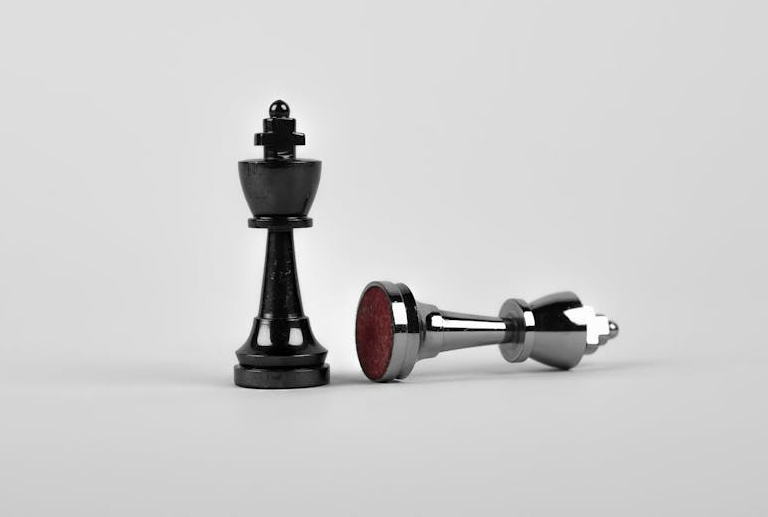Being a UI/UX designer for over a decade, I’ve learned one golden truth — great design isn’t just about how it looks; it’s about how it works, behaves, and feels.
A well-defined UI/UX strategy transforms random creative ideas into a cohesive, user-driven experience that aligns design decisions with business goals.
Let’s dive into what makes a UI/UX strategy powerful and how to craft one that actually works.
1. Start with Empathy, Not Aesthetics
Every pixel should serve a purpose, and that purpose begins with the user.
Conduct user research, surveys, and usability tests to understand your audience’s pain points.
Ask:
- What do they struggle with?
- What motivates them?
- How do they interact with similar products?
Ask
- What do they struggle with?
- What motivates them?
- How do they interact with similar products?
2. Define the Core Problem
Before designing a solution, clearly state the problem.
A UI/UX strategy without a defined problem statement is like coding without requirements — you’ll end up building something that looks great but solves nothing.
Use frameworks like:
- HMW (How Might We) questions
- User Journey Maps
- Empathy Maps
This clarity ensures every screen and interaction ties back to solving real user issues.
3. Align Design Goals with Business Objectives
A design that delights users but misses business KPIs isn’t a success story.
Your strategy should connect:
- User goals → Ease, speed, satisfaction
- Business goals → Conversions, engagement, retention
For example, improving checkout UX isn’t just a design upgrade — it’s a revenue strategy.
4. Build a Scalable Design System
Hover states aren’t just fancy, they confirm interactiveness. Changing a button’s background, border, or icon color when hovered builds confidence.
Include:
- Typography & color guidelines
- Component library (buttons, forms, modals)
- Accessibility standards
5. Prototype, Test, Repeat
Strategy doesn’t end when the design looks “final.”
User testing turns assumptions into data.
Use low-fidelity wireframes first to test usability and flow. Then, refine with high-fidelity prototypes to validate visuals and micro-interactions.
Remember: Iteration is strategy in action.
6. Data-Driven Design Decisions
Post-launch analytics are the secret sauce of continuous improvement.
Track:
- Drop-off points
- Click heatmaps
- Task completion rates
7. Tell a Story Through Design
Good design speaks; great design tells a story.
Your UI should guide users naturally, just like a storyteller builds flow and emotion.
From microcopy to motion, every detail should enhance clarity and confidence.
Final Thoughts
A strong UI/UX strategy bridges the gap between creative intuition and strategic intention.
It’s not just about designing interfaces — it’s about designing outcomes.
In a world obsessed with visuals, strategy is your differentiator.
Design beautifully, but think strategically.
That’s how you know it’s working.
See you in the next article.





